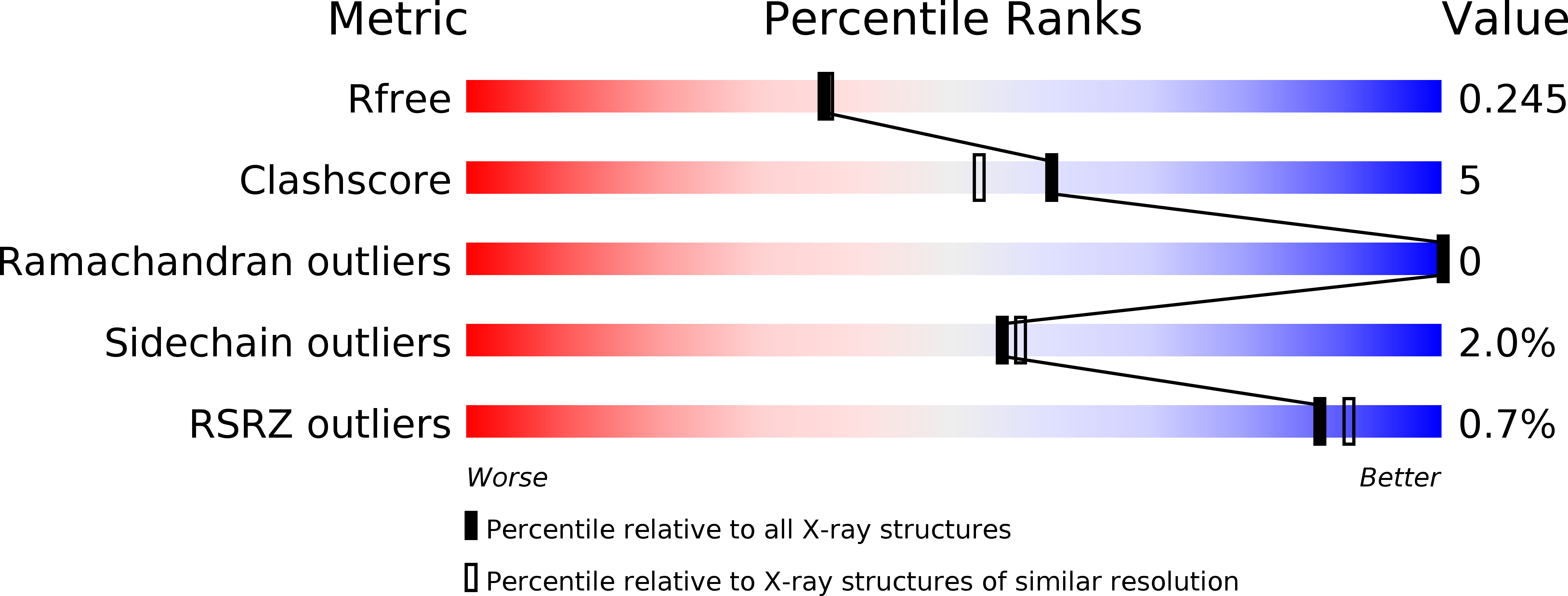
Deposition Date
2016-04-22
Release Date
2017-04-26
Last Version Date
2023-11-08
Entry Detail
PDB ID:
5B55
Keywords:
Title:
Crystal structure of hydrogen sulfide-producing enzyme (Fn1055) D232N mutant in complexed with alpha-aminoacrylate intermediate: lysine-dimethylated form
Biological Source:
Source Organism:
Host Organism:
Method Details:
Experimental Method:
Resolution:
2.14 Å
R-Value Free:
0.23
R-Value Work:
0.20
R-Value Observed:
0.20
Space Group:
C 1 2 1


